
PHMSA Seeks Comments on Domestic Aerosol Shipments
Whether it’s hairspray, spray paint, or household cleaners, aerosols are one of the most common dangerous goods used in our daily lives. For this reason, shipping aerosols is a common practice across a wide variety of industries. No matter what type of aerosol you are looking to ship, one thing is for sure, you better check the safety data sheet to see how it is classified and the dangerous goods regulations to make sure you are shipping it correctly. This could of course include labels, packaging, dangerous goods declarations and training. But wait, not so fast! There is a new notice of proposed rulemaking (NPRM) that PHMSA just published that aims to eliminate unnecessary regulatory burdens when shipping certain types of aerosols, and they are looking for comments from the public.
What are the Potential Changes?
PHMSA is proposing to update the definition of an aerosol to reduce regulatory constraints and harmonize with current international regulations. The 49CFR currently defines an aerosol in section 171.8 as an article consisting of any non-refillable receptacle containing a gas compressed, liquefied or dissolved under pressure, the sole purpose of which is to expel a nonpoisonous liquid, paste, or powder and fitted with a self-closing release device allowing the contents to be ejected by the gas. This definition of aerosols in the 49CFR is inconsistent with the International Dangerous Goods Regulations, such as ICAO and the IMDG Code, which does not include the limitation for gas to be used to expel a liquid, paste, or powder. One of the main issues here is that the current definition in the 49CFR doesn’t include gas-only aerosols. This could potentially exclude a shipper from using the limited quantity exception and could require them to ship their products as fully regulated dangerous goods. Click HERE for an interpretation which outlines this type of scenario.
Shipping limited quantities by ground would allow relief from UN packaging, hazard class labelling, and dangerous goods declaration requirements. Aligning with international standards could essentially eliminate added costs and reduce compliance burdens, such as payment of hazmat transportation surcharges, investment in employee training, and additional requirements for storage and documentation.
In summary, PHMSA requests comments from the public on the following topics:
1) The overall economic impact of the proposed revisions;
2) The overall expected impact on the transportation of aerosol products and their prices;
3) PHMSA also welcomes any comments from stakeholders on anticipated specific economic impacts of the proposed rule.
Comments must be received on or before September 2, 2025, identified by Docket Number PHMSA-2025-0089 using the following methods below:
E-Gov Web: https://www.regulations.gov.
Mail: Docket Management System: U.S. Department of Transportation, 1200 New Jersey Avenue SE, West Building Ground Floor, Room W12-140, Washington, DC 20590-0001.
Hand Delivery: U.S. DOT Docket Management System: West Building Ground Floor, Room W12-140, 1200 New Jersey Avenue SE, between 9 a.m. and 5 p.m., Monday through Friday, except Federal holidays.
For access to the full NPRM, please see the link HERE.
ICC Compliance Center has a team of full-time Regulatory Experts who have years of experience and are certified/recognized in their field of expertise. Ask us your tough questions by calling 888.442.9628 (USA) or 888.977.4834 (Canada) or send us an email.
Stay up to date and sign up for our newsletter!
We have all the products, services and training you need to ensure your staff is properly trained and informed.
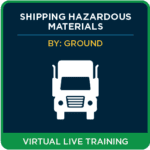 Shipping Hazardous Shipping HazardousMaterials Training |
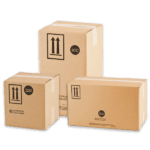 UN Approved UN ApprovedPackaging and Boxes |
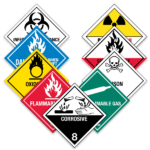 Hazard Class Labels Hazard Class Labels |


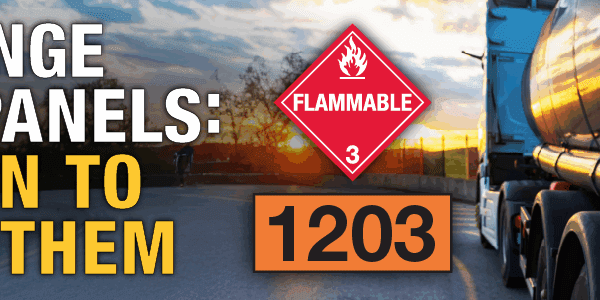
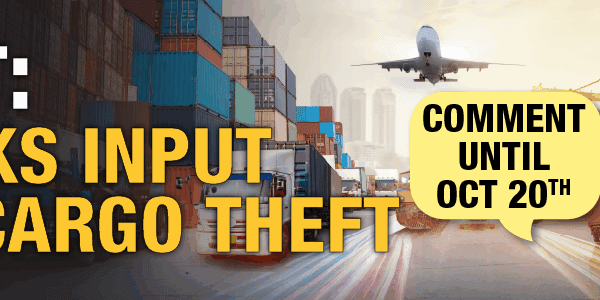


 ICC USA
ICC USA ICC Canada
ICC Canada